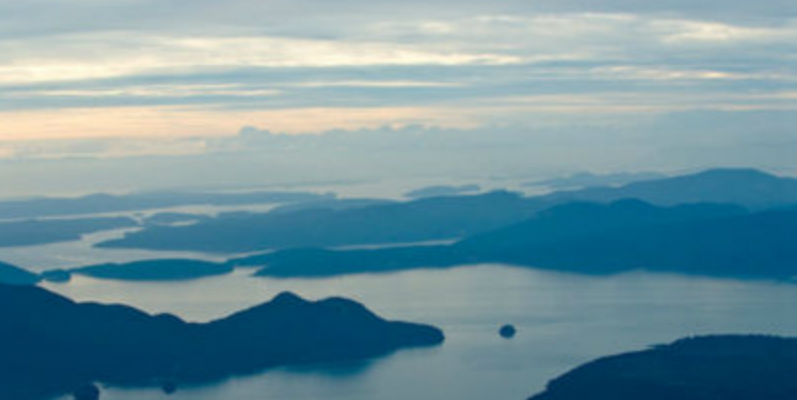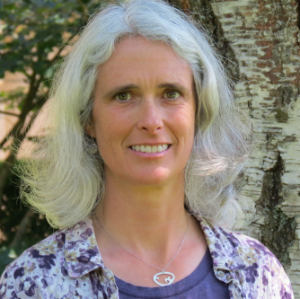Editors Note: This is the second post in our three-part blog series on toxic flame retardants in Puget Sound. Part one chronicled the impacts of toxic flame retardants on Puget Sound’s wildlife, especially its killer whales. Now we look at how the Sound’s topography makes its wildlife even more vulnerable to toxic chemicals, including toxic flame retardants.
Sandie O’Neill, fisheries scientist with NOAA Fisheries, has spent the better part of her career monitoring levels of toxic chemicals in Puget Sound. She likens the Sound to a big pond: not only is it long and deep, like a fjord, but several sea-floor sills actually limit the relatively clean ocean waters from entering. As a result, toxic chemicals that enter the Sound are more likely to stay there than in other industrialized water bodies. With Puget Sound’s depth and great diversity of habitats, many fish and wildlife species can also complete their entire life cycles within the basin.
What does this mean for Puget Sound’s residents? According to O’Neill, “the Sound’s hydrologic isolation and biological isolation are two reasons we need to be more vigilant.”
The result of vigilant monitoring by state and federal agencies: Puget Sound is a hotspot for a number of chemicals, including the toxic flame retardants PBDEs. Tests of salmon all along the Pacific Coast for PBDEs hand the prize to Puget Sound for most contaminated salmon[1].
Other research confirms the presence of higher levels of toxics in Puget Sound. Through its Mussel Watch program, NOAA Fisheries has been testing shellfish around the country for levels of contaminants including PBDEs[2]. Of twelve test sites in Puget Sound, seven ranked high in PBDEs. This compares to one in five Oregon sites and five of thirteen California sites.
And that key food for orcas, the Chinook salmon? “Chinook relative to the other species of Pacific salmon eat more fish—in the salmon world they’re at the top of their food web. So they are exposed to contaminants that accumulate in the food web,” explains O’Neill. And new research is showing that about 30% of Chinook spend the entire marine part of their life cycle in Puget sound, rather than swimming out to sea, so their diet has elevated levels of toxic chemicals[3].
O’Neill and her colleagues at NOAA Fisheries and Washington Department of Fish and Wildlife continue to sample the fish and wildlife of Puget Sound for well-known toxics like PCBs, but are gearing up to expand their monitoring program to better reflect the complex factors at play[4]. With mixtures of chemicals apparently resulting in salmon dying in local streams before spawning, and tests finding new classes of chemicals—including new flame retardants—in water, fish, wildlife and sediment, they have their work cut out for them.
Notes
- O’Neill, SM, GM Ylitalo, JE West, J Bolton, CA Sloan, and MM Krahn. Regional patterns of persistent organic pollutants in five Pacific salmon species (Oncorhynchus spp) and their contributions to contaminant levels in northern and southern resident killer whales (Orcinus orca). 2006 Southern Resident Killer Whale Symposium, Seattle, WA. Extended Abstract.
- Kimbrough, K., WE Johnson, GG Lauenstein, JD Christensen and DA Apeti, An Assessment of Polybrominated Diphenyl Ethers (PBDEs) in Sediments and Bivalves of the U.S. Coastal Zone. 2009, National Oceanic and Atmospheric Administration. 87 pp.
- O’Neill, SM, and JE West. Marine distribution, life history traits, and the accumulation of polychlorinated biphenyls in Chinook salmon from Puget Sound, Washington. Transactions of the American Fisheries Society, 2009. 138:p 616-632.
- Puget Sound Action Team. 2007. 2007 Puget Sound Update: Ninth Report of the Puget Sound Assessment and Monitoring Program. Puget Sound Action Team. Olympia, Washington. 260 pp.





